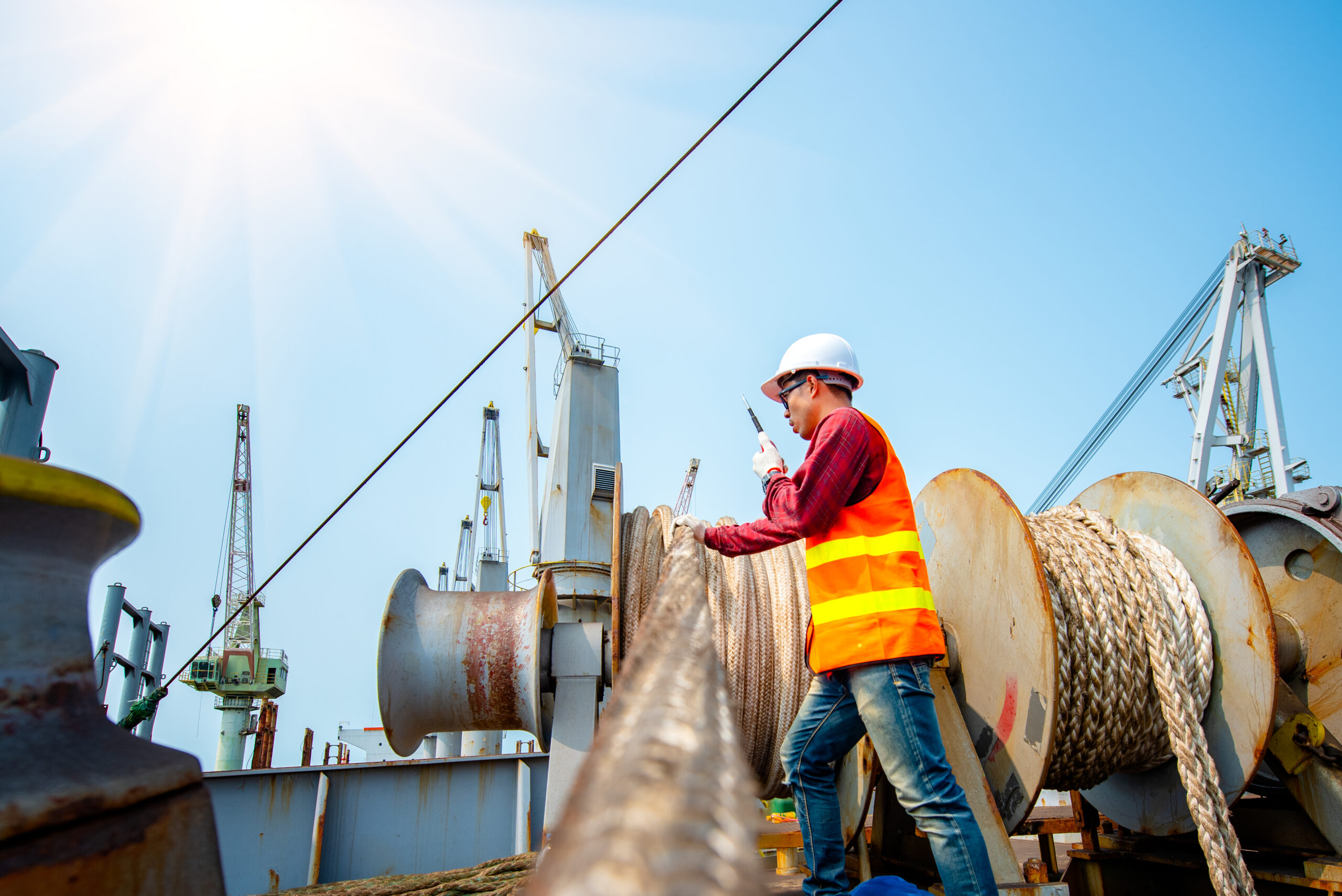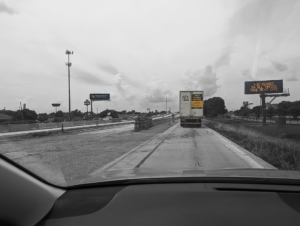Maritime workers labor under difficult and dangerous working conditions, putting them at increased risk for severe injuries and death. The perfect storm for occupational accidents is the need to handle heavy equipment and precarious cargo loads, along with slippery deck surfaces and unpredictable seas. Some of the most common accidents in the maritime industry include falling overboard, slips and falls, and injuries due to improper material handling.
Accidents are so common that federal law allows seamen to sue employers directly if they are found to be negligent. Workers may be eligible to receive compensation for medical expenses, lost wages, and pain and suffering.
What Occupations Are Part of the Maritime Industry?
There are 400,000 people employed by the maritime industry in the United States. This population of laborers includes shipyard workers, longshoremen, marine transport workers, ship captains, marine terminal and port operators, seafood processors, commercial fishermen, aquaculture workers, commercial divers, and other maritime employees. Each of these groups has unique occupational safety needs.
The National Institute for Occupational Safety and Health reports the following:
- Maritime employees have higher rates of work-related injuries, illnesses, and fatalities than other occupations in the U.S.
- The nonfatal injury rate for maritime workers is double that of the overall workforce.
- They are five times more likely to die on the job than employees in other occupations.
What Risks Do Maritime Employees Face?
Maritime employees work under harsh physical conditions, including severe weather, loud noises and vibrations, and unpredictable movements. They may be expected to lift heavy objects, operate large machinery, or use sharp instruments as part of their employment responsibilities. They are frequently exposed to hazardous chemicals and travel-related infections and face social isolation and limited access to medical care while at sea.
These conditions put seamen at risk for adverse health outcomes, many of which are the result of accidents that occur on the job. Common accidents in the maritime industry include:
Falling Overboard
Employees may suffer from hypothermia or drowning after falling overboard into the water. Broken or missing guard rails, safety harnesses, and defective life vests or rings are contributing factors to such accidents. Falling overboard can occur at sea or between docked vessels while handling cargo in port.
Slips and Falls
Slippery, uneven, or cluttered deck surfaces contribute to slips and falls, resulting in cuts, bruises, fractures, concussions, traumatic brain injuries, spinal cord injuries, and death.
Material Handling Accidents
Improperly secured loads or cargo that tips over and topples onto employees can result in crush injuries and head trauma. Maritime workers have been killed beneath shipping containers that fall on top of them.
Exposure to Toxic Substances
Maritime employees work in small, enclosed spaces such as storage rooms, cargo holds, and narrow passageways. These areas are often poorly ventilated. Toxic fumes in areas lacking sufficient airflow can cause asphyxiation and poisoning. Long-term exposure to toxic substances on ships has been linked to cancer.
Burns
Shifting seas contribute to burns from hot oil and food sloshing onto exposed skin. There is also the risk of electrical and voltage accidents in a ship’s engine room, which can cause burns. On-vessel fires are the most serious maritime burn risk since they are difficult to escape while at sea. Fires on board a ship can occur due to mechanical failure, natural disasters, hazardous cargo material, and fuel leaks.
Repetitive Use Injuries
Some jobs require employees to perform the same task over and over again for long periods of time. The repetitive nature of this work leads to overuse, damaging muscles, tendons, and joints. For example, a dock worker who repeatedly lifts heavy loads could develop back pain over time. Other parts of the body most affected by repetitive use injuries include the neck, shoulders, elbows, wrists, hips, and knees.
If left untreated, repetitive strain injuries result in permanent disability. Employers can help by providing necessary safety training in proper lifting techniques and allowing frequent breaks for employees most at risk.
Vessel Collisions
When two maritime vessels collide, there’s risk of injury from being thrown into walls or heavy equipment, or drowning from falling overboard. Cuts, bruises, fractures, and head and back injuries can occur. The risk of death is high when the vessel is so compromised that it can no longer operate.
Falls from Heights
A slick deck or choppy waters may cause a seaman to fall from a ship’s upper deck or from a gangway or catwalk, resulting in brain injuries or paralysis.
Heavy Machinery Accidents
Some maritime occupations necessitate the use of heavy equipment such as front-end loaders, cranes, forklifts, and trawlers in high-traffic areas. Shipyard employees have been trapped beneath or pinned against machinery, causing catastrophic injuries to the head, crushed limbs leading to amputation, and death. Defective safety devices are sometimes to blame for heavy machinery errors.
What Is the Jones Act?
The maritime industry encompasses some of the most dangerous occupational fields in the world. Many maritime-related accidents and fatalities are avoidable with proper maintenance and safety precautions, as well as effective employee training programs. Employers have a responsibility to maintain equipment and provide a safe working environment.
The federal government recognized the inherent dangers of working in the maritime industry when it passed the Jones Act. The Jones Act, also known as the Merchant Marine Act of 1920, affords injured seamen the basic rights of maintenance and cure. Employers and shipowners are responsible for paying the general living and medical expenses of employees injured at work while they recover.
The Jones Act also provides maritime workers protection under the Federal Employers Liability Act (FELA), which allows maritime employees injured, sickened, or killed due to their employer’s negligence to sue for damages. Lawsuits can be filed in federal district court or state court.
What if I’ve Been Seriously Injured in a Maritime Accident?
You’re entitled to compensation from your employer if you’ve been harmed in a work-related accident. A workers’ compensation attorney will explain your rights and help you navigate the options.
The personal injury attorneys at Morris and Dewett handle occupation-related wrongful death claims and represent survivors, including those involved in offshore accidents and other maritime incidents.
SOURCES:
Occupational Safety and Health Administration- Longshoring
Centers for Disease Control and Prevention- Maritime Transportation
National Institute for Occupational Health and Safety
Cleveland Clinic- Repetitive Strain Injuries
Scandinavian Journal of Work, Environment, and Health
Cornell Law School- Maintenance and Cure









